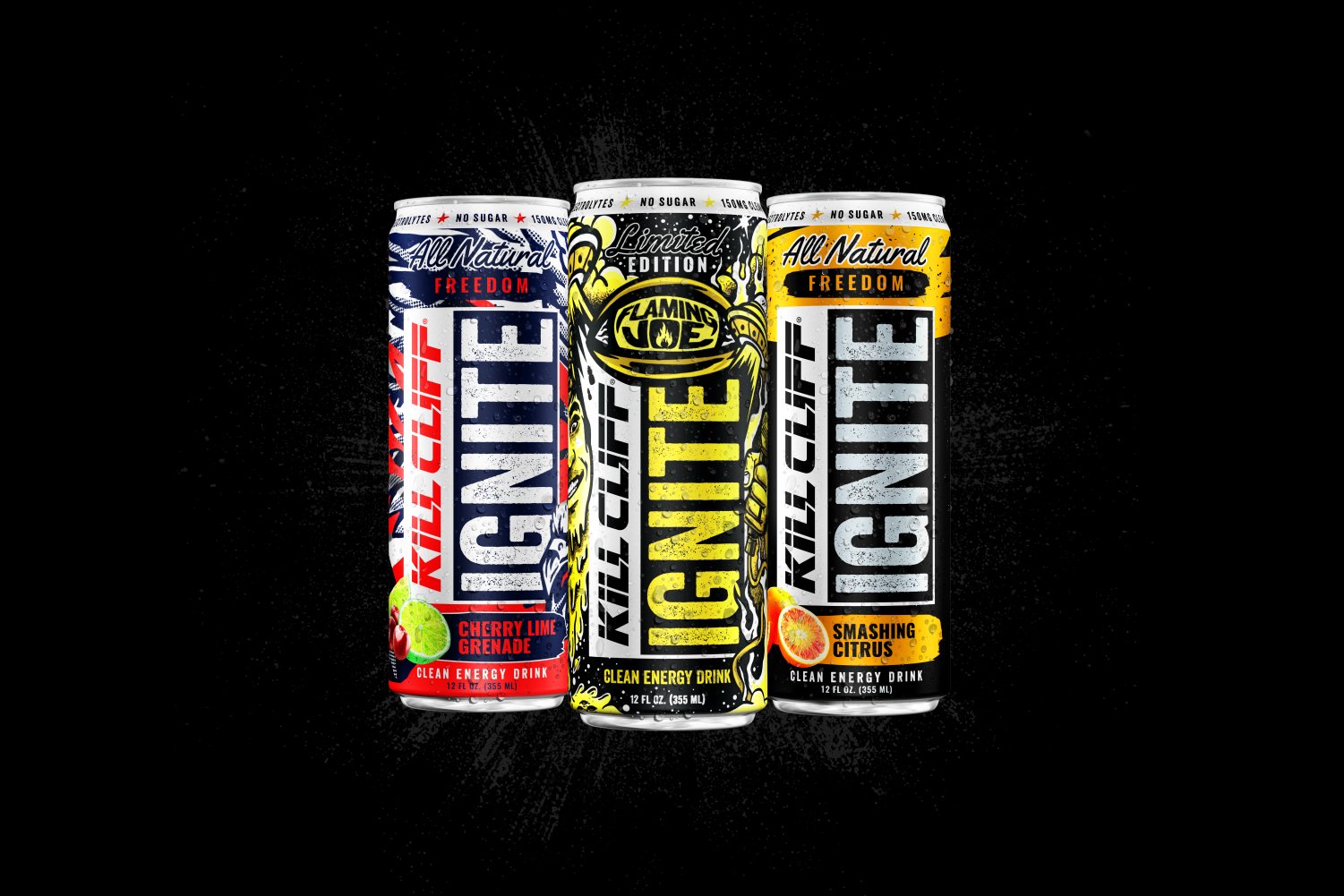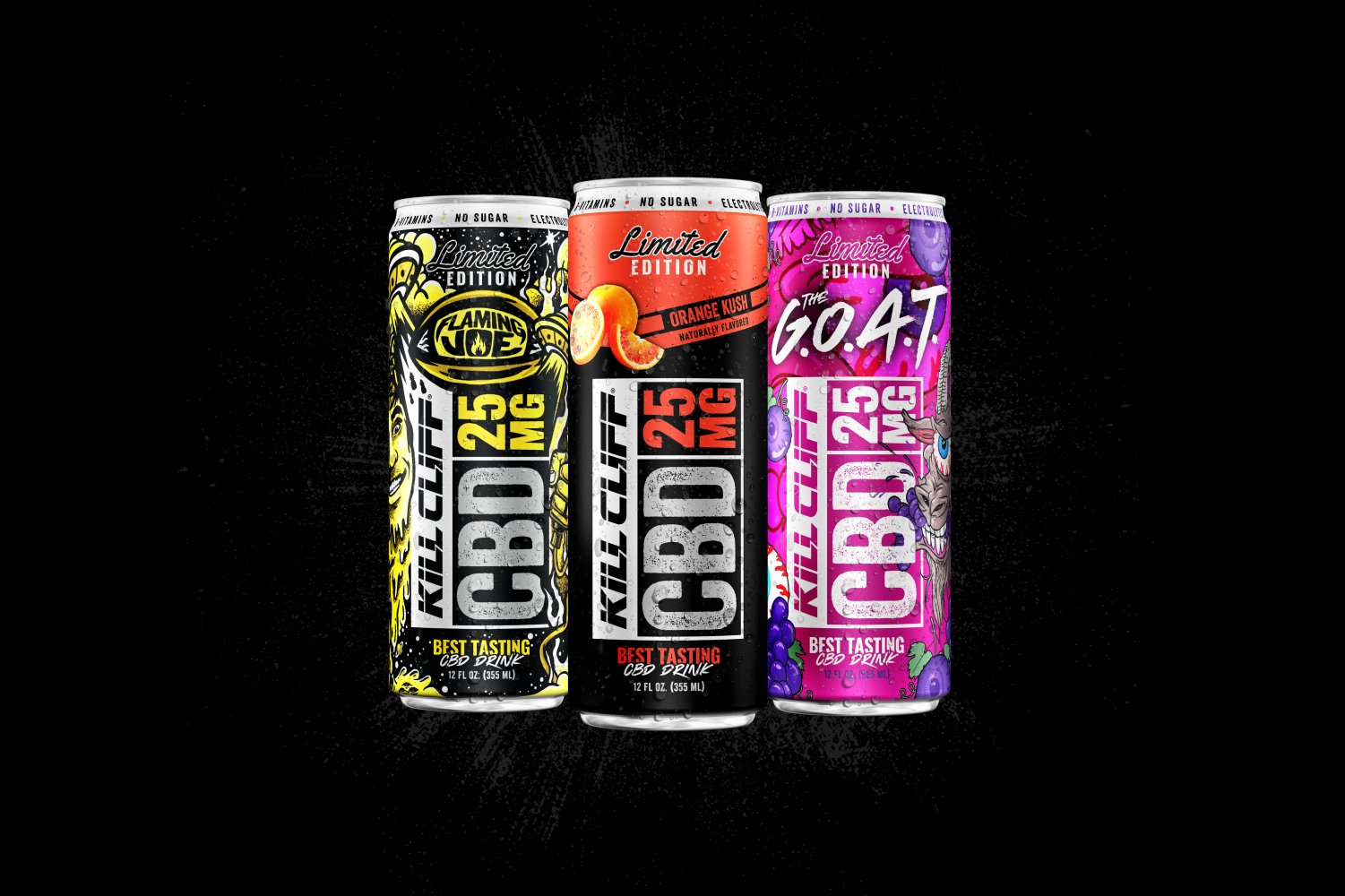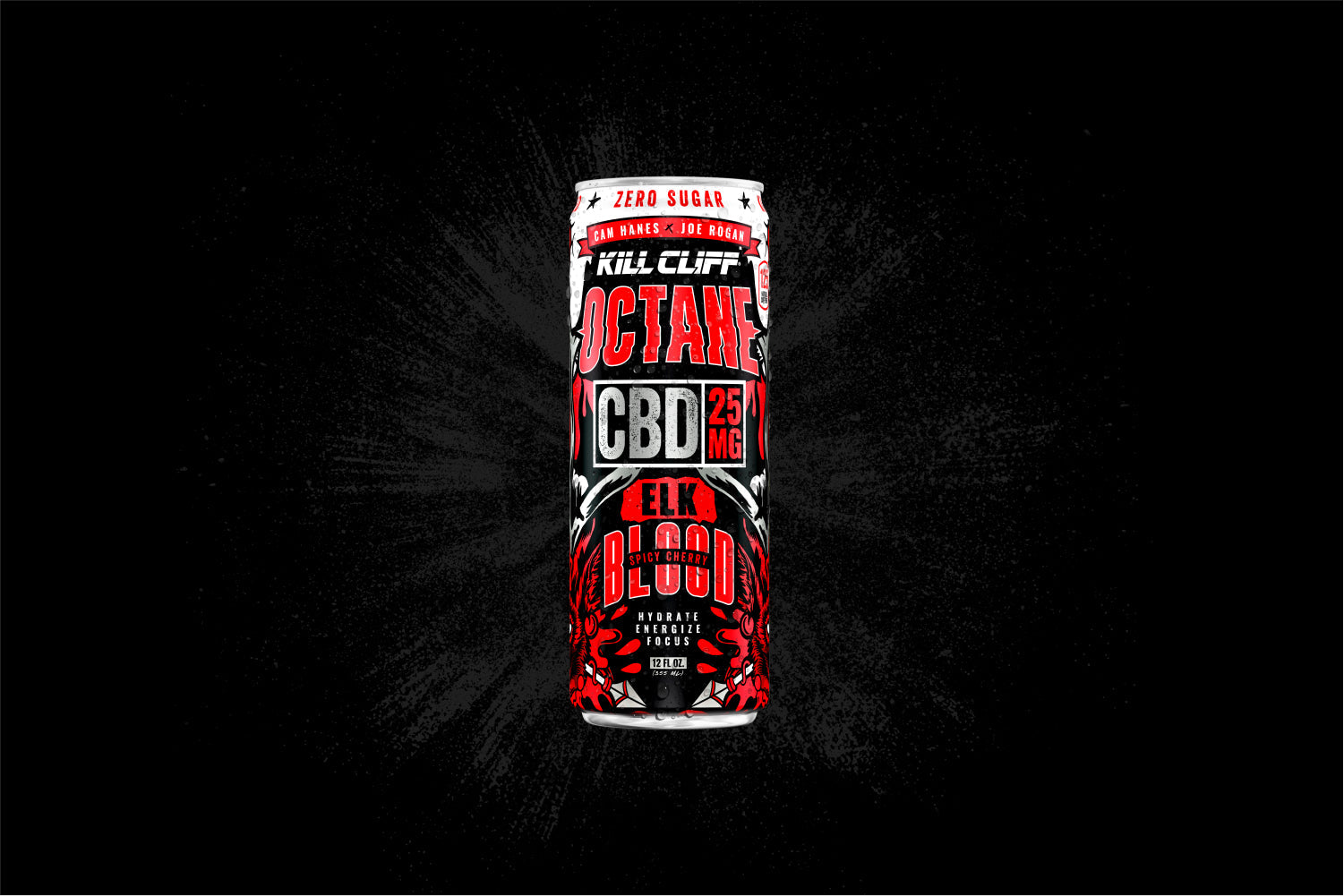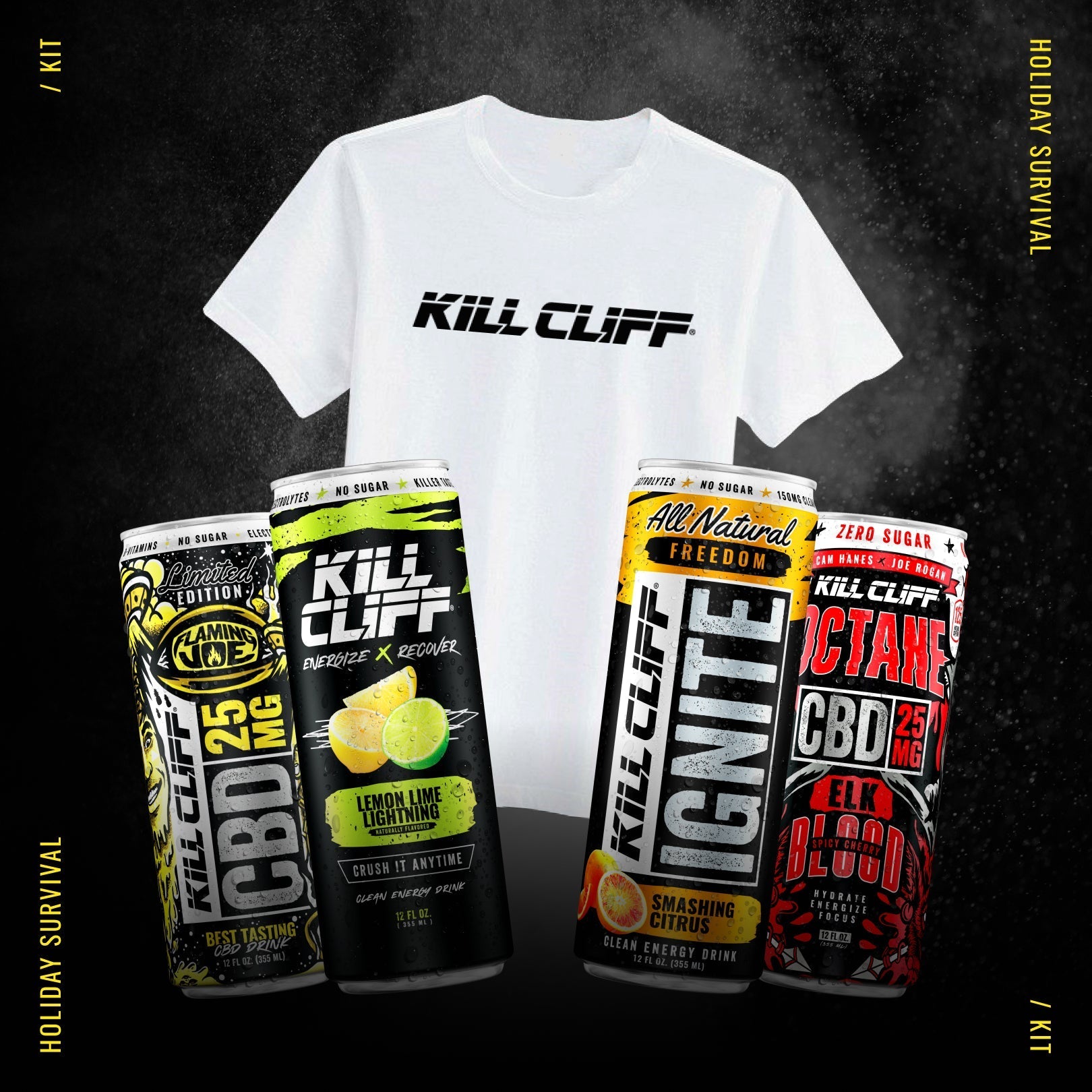Most athletes have been told for a long time that fast burning carbs are the key to keeping up energy levels during endurance races, long training sessions, or if you want to “be like Mike.”
New research suggests that the key to sustained endurance might not lie in quick-burning carbs, but in slower-releasing carbohydrates that balance blood sugars instead of providing a rush of energy in the form of blood glucose. New non-GMO derived carbohydrates like resistant-starches and smart-sugars (gimmicky names, I know), are fueling pro and amateur athletes with sustained fuel to perform longer with less of a drop off at the end of training or competition.
So just what are these slow release carbohydrates?

Let’s start with carbohydrate digestion 101. Traditional carbohydrates are digested in the stomach and converted to a sugar called glucose which enters the blood stream. The body releases the hormone insulin which causes cells to use glucose for fuel immediately or store it in muscle cells as glycogen (or in fat cells as triglycerides). High-glycemic index carbs like potatoes, fruit juice, or simple sugars raise blood sugar quickly and trigger a high release of insulin. This can lead to a short burst of energy, but the flood of insulin can cause a rapid drop in blood sugar which can lead to a crash soon after. Additionally, when insulin levels are high, the body almost exclusively burns carbohydrates (primarily in the form of glycogen) for fuel. Insulin limits the body’s ability to tap into stored fat reserves for fuel.
However, for endurance athletes, this presents some problems. We all have a limited supply of stored glycogen in our muscles. During training or competition, this fuel begins to get used up. To supplement the stored muscle glucose, athletes often use high glycemic sport drinks, bars, or gels to provide more quick release carbohydrates. This works…to a point. Eventually the body cannot convert food into glucose fast enough to restore glycogen. The fuel runs out and energy levels drop. In marathon races, the dreaded “wall” about twenty miles in is when most runners simply run out of glycogen to burn (no matter how many cups of Gatorade or gel packs they have).
Slow release carbs digest differently for sustained energy.
The main difference with slow release carbohydrates is that they are digested in the small intestine instead of the stomach. This makes them digest more slowly and keep blood sugar levels stable. Since blood sugar is balanced, the body doesn’t pump out as much insulin. This combination of balanced blood sugars and moderated insulin levels allow the body to burn both carbohydrates and stored body fat. This effect is called fuel portioning.
Think of fuel partitioning like a hybrid engine in your car that uses both gasoline and electricity. With the addition of electric energy, the engine burns gasoline more efficiently. When the blood sugars are balanced the body can utilize both fat and slow release carbohydrates for more sustained energy levels. Our muscles only have a limited amount stored glycogen, but even very lean people have weeks’ worth of energy stored as fat. Fuel partitioning allows the body to tap into fat reserves for more fuel.
The balanced blood sugar from slow release carbs also leads to a “glycogen sparing” effect. The body uses the glycogen stored in the muscles more efficiently meaning that there is more left in the muscle cells longer during training or a long race. Imagine the hybrid car again; the electric component of the engine increases the overall gas efficiency, and the gasoline is burned more slowly so there is more left in the tank longer.
How do I get slow release carbs for myself?
My two-favorite slow release carb drinks are Generation UCAN Superstarch and KILL CLIFF Endure. The drinks have different carbohydrate sources, but function similarly in training. UCAN Superstarch uses non-GMO, refined corn starch that is absorbed in the small intestine. It is great for balancing blood sugar and providing balanced energy. It comes as a dry powder that can be mixed in a shaker with water before or during a workout. The only real drawback for some athletes is the chalky texture (which is only a minor hurdle for the performance benefits it provides).
Give it a try and see for yourself!
SHOP NEW ENDURE
I also personally use KILL CLIFF ENDURE. This drink uses a carbohydrate called Palatinose® which is a derived from non-GMO sugar beets. Unlike traditional sugars, Palatinose® has a low-glycemic index of 32 and is absorbed in the small intestine where it releases steadily and slowly. ENDURE comes in twenty ounce bottles and tastes like a lightly sweetened sports drink. ENDURE also has essential electrolytes including as much potassium as a banana. Bonus, the parent company KILL CLIFF supports the Navy SEAL Foundation which makes you feel like a bad ass drinking it.
Slow, fast, or both…what carbs are right for me?
Nutrition is not a one size fits all proposition, and my recommendation is to be your own human guinea pig. Try a drink like KILL CLIFF ENDURE or UCAN and see how you feel throughout a workout. Many athletes physiologically feel the sustained endurance at the end of their workouts. Many describe feeling more “steady” or having less of a “drop-off” in energy.
If you feel you still need some quick burning carbohydrates for some pop at the start of your workout, try mixing using two carb sources. I know some athletes who sip a bottle of ENDURE and eat a Larabar before training for some quick-burning sugars and slow-release carbs.
Try out some during your next long run, bike, or training session to see if you feel more sustained energy.








